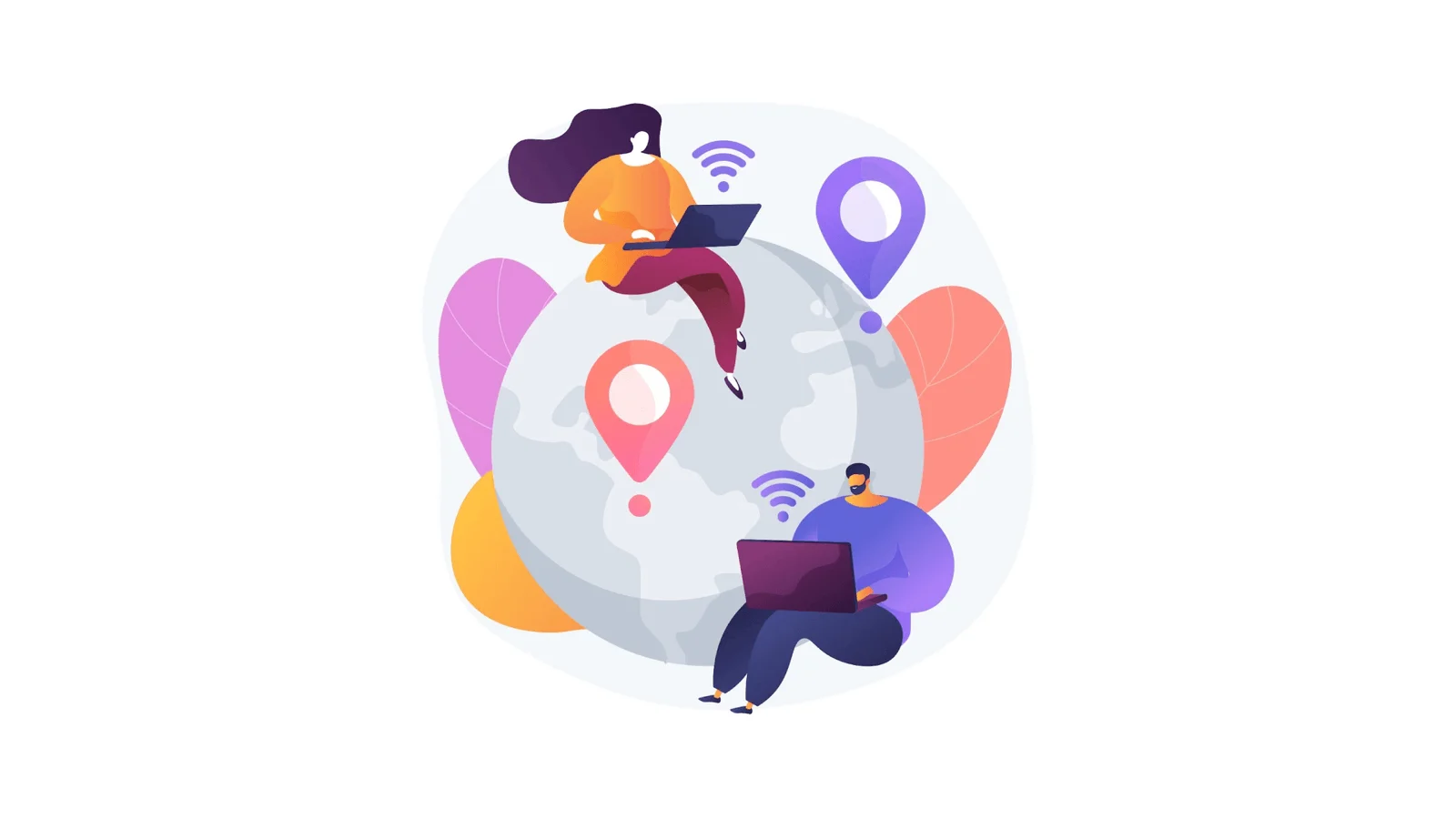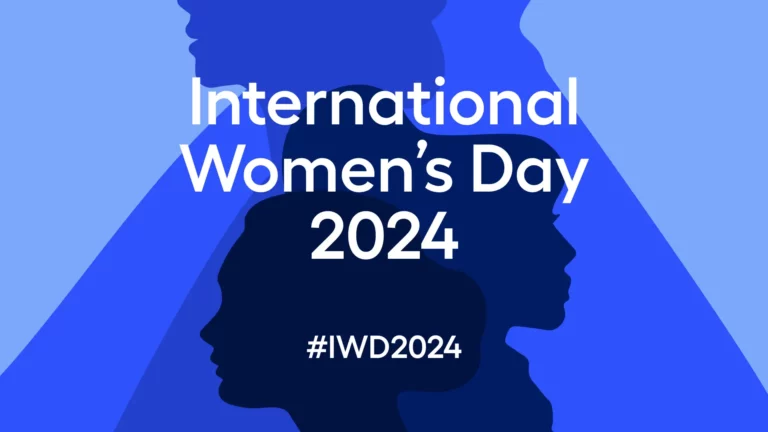Towering skyscrapers and top-end wheels were once considered tokens of a powerful economy. But, with changing employee expectations, climate change, diversity, and inclusion, among many other factors, the world has started recognizing the importance of a sustainable economy.
The word ‘sustainability’ widened the spectrum of the economy to include the overall prosperity, wellness, and inclusivity of the people and the planet. From ozone holes to flying unemployment rates, the world needed to move its track towards a sustainable future.
The dawn of the digital revolution made global employment and trade across nations possible, turning the whole world into a single village. Today, a person from a remote village in the Philippines can work for the world’s top tech company without leaving the comfort of home. From the time when work was synonymous with offices, the world has come a long way to adopt remote and hybrid workspaces – embracing a distributed workforce.
So can distributed workforces lead to a sustainable economy? We certainly think so. Here is how:
Improved Purchasing Power Strengthens Economy
A Deloitte study on how remote working influences buying patterns shows that people have increased their spending, particularly on groceries and housing. This points to one thing – working from home is relaxing for employees, saves transportation costs, and has increased their spending on food and well-being. In short, purchasing power has increased.
With improved purchasing power, the direct beneficiaries are retail traders, supply chain holders, wholesale distributors, manufacturers, and producers. As consumption improves, production and self-sufficiency increase, leading to improved GDP. A stable GDP encourages innovation among entrepreneurs, strengthens manufacturing, promotes business, and leads to steady economic growth.
Healthier Environment for Future Generations
Be it Manhattan or Manila, most of the traffic occurs from traveling to offices, releasing zillions of particulate matter by burning fossil fuels. According to a report on electric vehicles by the International Energy Agency, about 10 million electric cars are moving on the roads, but that is just 1% of the global car stock. This implies that it takes quite some time for the 190+ countries to shift to electric vehicles completely.
And it’s not just about the air pollution this is causing. The time spent during the commute also eats up significant parts of the day. When India’s tech hub Bangalore was recently inundated, the five-hour traffic jam caused losses above INR 225 crore (~USD 26.5 million).
With employees working from remote locations, the need for commuting to the workplace is negligible. Companies that employ distributed workforces play a great role in reducing the carbon emissions through vehicular exhaust and thus lower the carbon footprint significantly and reducing traffic jams. Thus, remote working can save the environment and economy at the same time.
Diverse and Inclusive Working Environment
Employers can be trendsetters against many social misconceptions with the power to change people’s lives. Corporate DEI programs can thus break the invisible shackles of misogyny and bias, freeing traditionally disadvantaged sections.
With a distributed workforce, enterprises can promote diversity and inclusivity by hiring globally. As an added advantage, employees get jobs beyond their country’s border barriers without translocation, thus helping their own country benefit from increased spending.
The significance of a distributed workforce is quite evident for people from underdeveloped countries without access to overseas jobs. For instance, a human resource executive from a remote Kenyan village can get employed by a firm in New York with a monthly salary of around 5000 USD. In comparison, the remuneration for the same job in Kenya would be about 700 USD (as per salary estimation by Multiplier). See how the life of employees can be turned upside down with these striking salary differences, which directly contribute to upward social mobility and the economy.
Personal Well-being and Behavioral Development
In a study by Mental Health America, flexibility in work has significantly improved employees’ mental health. Also, according to a study by Qualtrics among US workers, 68% believe they have become closer to their family since the pandemic. There is a high chance that you are spending more time with your family relative to pre-pandemic.
Employees part of a distributed workforce have the luxury of spending more time following their passion or socializing. Long work hours can be less intensive with a hot cup of coffee from your kitchen, a nap on the comfy couch, some relaxing time with a favorite book, or even a few moments of gardening. Depending on the passion one follows, every employee can pursue their interests with remote working, thus creating a happy and satisfied workforce.
Reduced Infrastructure Investment and Improved Employee Satisfaction
Increased infrastructure investment was positively correlated to economic growth. However, outlooks are starting to change with work-from-home gaining traction. Despite lesser investments in office spaces and associated requirements, productivity showed no decline; rather, it increased by 13%, as per a study conducted by Stanford.
Wonder how? Working from home offers employees greater flexibility and brings balance between work and life. Many companies provide work essentials for their employees to set up focused working conditions in their homes. This improved employee satisfaction and encouraged productivity.
Also, with less investment in office infrastructure and Special Economic Zones, governments can increase spending on intelligent public transportation, renewable energy sources, and self-sufficient cities, thus reducing negative environmental impact.
Positive Impact on Caregivers and Women Workforce
According to a study by Family Caregivers Alliance, 66% of caregivers worldwide are women. Another survey by TeamStage also reported that 69% of women experienced societal pressure to drop their careers to gratify their family’s caregiving needs. In this scenario, remote working emerges as the single best solution.
Remote working offers these women with caregiving responsibilities a solution, making both career and caregiving go hand-in-hand. It also provides women with income stability, promotes self-sufficiency, enhances flexibility through seamless work-life balance, more confidence, and thus, appreciable levels of women empowerment. Also, from a company standpoint, adding more women into their workforce can help with the diversity, equity, and inclusion targets.
Helps Shrink Employment Gaps
Another critical aspect of the distributed workforce is the widening of opportunities. Employment possibilities are multi-dimensional with distributed or remote working. Employers can access a wider talent pool, get the best-skilled employees from anywhere, and efficiently manage them using an employer of record (EOR). For instance, Multiplier helps many companies onboard and manage employees worldwide, ensuring compliance with different countries’ local rules and regulations with zero stress on the employers.
Another case of widening employment arises indirectly from the economic growth attained by countries, as we discussed previously. With the possibility of broader innovation, employment opportunities increase, thus promoting improved living conditions for the people and a better economy for the nation.
Conclusion
Many instances, but just one takeaway – the diverse possibilities distributed workforce offers.
Recently, the Dutch parliament passed legislation to make work from home a legal right, thus proceeding to make the Netherlands one of the first countries to protect employee flexibility.
So changes have started, and it’s just a matter of time before distributed working environments become normal. Embrace change for the realistic and rational well-being of humankind.







